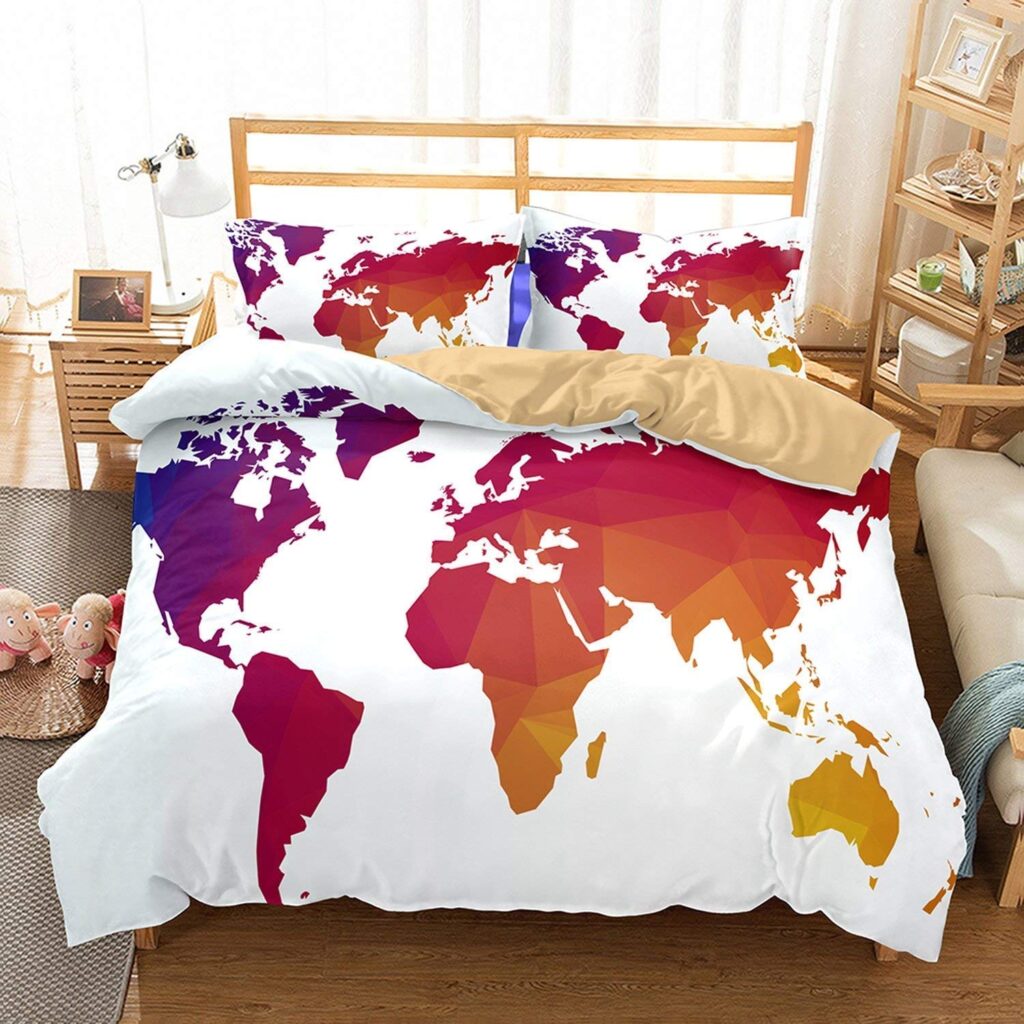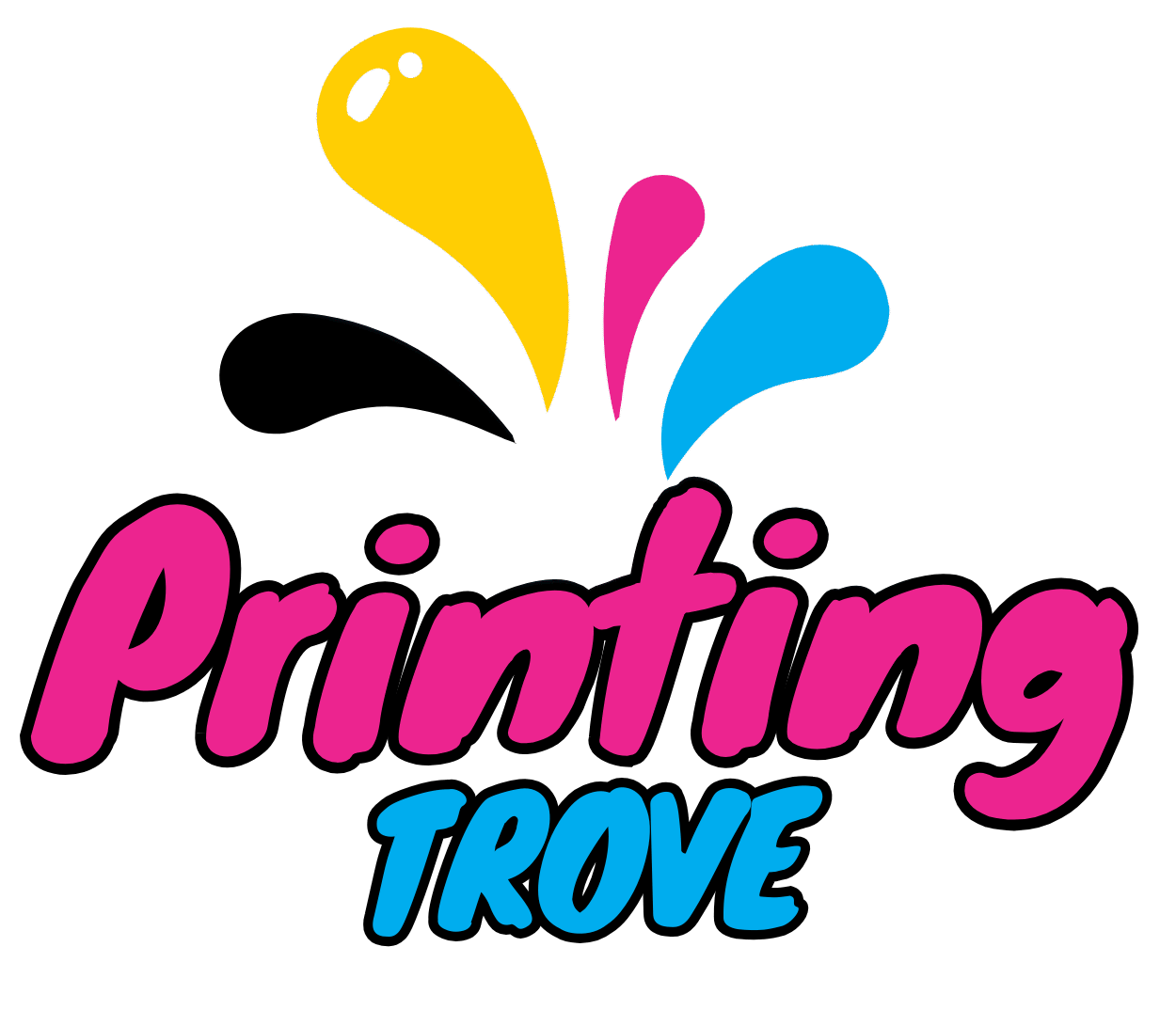
Understanding the differences between UV printing and sublimation can be beneficial for your business or creative projects. This article will overview of the unique strengths and weaknesses of both techniques, helping you make an informed decision that ensures your prints stand out over time.
Key Takeaways
- UV printing is highly versatile, producing vibrant colors and detailed designs on various materials like plastic, glass, and metal, making it ideal for custom promotional items and signage. UV printing cures ink instantly with ultraviolet light, allowing for faster production and reduced waste.
- Sublimation, which is limited to polyester-based materials, excels in creating durable, all-over prints that resist fading. Sublimation involves a heat transfer process that takes longer but results in a soft finish integrated into the fabric.
Comparative Overview of UV Printing and Sublimation

A picture of a UV printer
UV printing utilizes ultraviolet light to cure or dry the ink as it is printed, resulting in vibrant colors and a quick turnaround time. The ability to print directly onto materials without the need for transfer paper also reduces waste and speeds up production.
On the other hand, sublimation offers a distinct advantage when it comes to fabric and soft goods. By transforming solid dye into gas without passing through a liquid state, sublimation allows for deep penetration of colors into polyester fabric,s resulting in vivid prints that don’t fade or crack over time. Printing and sublimation hinge on the desired end product, whether it’s durability and versatility or vibrancy and depth of color on fabric.
UV Printing Process – In Full Detail

An image depicting UV light
Surface Preparation:
First of all, it is important to clean the material on which you want to print so that the ink can stick to it properly.
Use of UV Ink:
UV printing ink is made by mixing four main components:
- Monomer (base materials)
- Oligomers (to give flexibility and strength)
- Photoinitiators (particles that react to UV light)
- Pigments (which give color)
Printing Method:
- The printer head moves over the surface
- The surface passes under a fixed printer head.
Drying Ink with UV Light (Curing Process):
When the ink is applied to the surface, the light emitted from the UV lamps activates the photoinitiators. This activation instantly changes the ink from liquid to solid without any heat or air drying.
Result
The print dries quickly
Colors are bright and vibrant
The image is durable and scratch-resistant
And it is environmentally friendly because this ink does not release harmful chemicals (VOCs)
Advantages of UV Printing
UV printing offers several key advantages that set it apart from traditional printing methods.
- The technology employs ultraviolet light to cure or dry the ink as it is printed, resulting in vibrant colors and sharp details that are often unattainable with conventional inks.
- This rapid curing process not only enhances print quality but also allows for immediate handling and shipping, significantly reducing turnaround times.
- UV printing is incredibly versatile; it can be used on a wide variety of substrates including wood, metal, glass, and even fabrics.
- This adaptability opens up endless creative possibilities for businesses looking to create unique promotional materials or personalized products.
- Since UV inks are environmentally friendly, emitting fewer volatile organic compounds (VOCs) during the curing process, companies can align their operations with sustainable practices while still achieving high-quality results.
- This combination of efficiency, versatility, and eco-friendliness makes UV printing a compelling choice for modern printing needs.
Disadvantages of UV Printing
- One significant disadvantage is the higher initial investment required for UV printers compared to traditional printing methods.
- The cost of the machinery, along with the specialized inks and maintenance, can be a barrier for smaller businesses or startups.
- This financial commitment may deter some potential users, especially those looking for more cost-effective solutions.
- UV inks can be less flexible than other types of inks, making them unsuitable for certain applications, particularly on materials that require bending or folding.
- This rigidity can lead to cracking or peeling in printed products like labels or packaging that undergo stress during handling.
- The curing process can sometimes lead to issues such as inconsistent finishes or gloss levels, particularly if the printer settings are not meticulously calibrated.
- These factors can pose challenges for businesses aiming for high-quality outputs in a competitive market.
Dye Sublimation Demystified

Rainbow design sublimated
Dye sublimation is often misunderstood as just another printing technique, but its magic lies in the transformative process that turns solid dye into gas without passing through a liquid state. This unique transition allows the dye to penetrate deep into the fibers of a material. Creating vibrant and long-lasting images that resist fading and cracking.
Unlike the traditional printing method which sits on the surface. Dye sublimation infuses color directly into substrates like polyester fabrics or specially coated surfaces. Resulting in an unparalleled depth and richness.
One of the most compelling aspects of dye sublimation is its versatility. From custom apparel to home décor and promotional items. Possibilities are virtually limitless. Businesses can leverage this technology to create personalized products that resonate with their audience tapping into the growing demand for unique made-to-order items.
When to Choose Sublimation Printing

Colorful ink bottles
Sublimation printing shines in scenarios where vibrant color and intricate detail are paramount. This technique is ideal for creating custom apparel. especially when dealing with polyester fabrics or specially coated materials. Sublimation allows for full-color designs that become part of the fabric itself resulting in a soft finish that doesn’t crack or fade over time.
Sublimation is perfect for small runs or one-off items, thanks to its low setup costs and minimal waste. It offers unparalleled flexibility for products like mugs, phone cases, or banners. It’s a for personalization as well; customers can request bespoke designs without the hefty price tag typically associated with traditional printing methods.
Limitations of Sublimation Printing
Sublimation printing comes with notable limitations that affect its applicability. One primary constraint is the necessity for polyester or polymer-coated substrates. This specificity restricts designers and businesses to a narrower range of materials, making it challenging to expand product offerings beyond textiles.
The sublimation process requires precision in temperature and pressure; slight deviations can compromise the final output, causing inconsistencies, especially in high-volume production where uniformity is crucial. Additionally, the equipment needed such as specialized printers and heat presses can involve significant upfront investment which may be prohibitive for small businesses or startups.
Comparing Print Quality and Durability

A high quality image of a butterfly
When assessing print quality, the interplay between color accuracy, resolution, and detail becomes paramount. High-resolution prints showcase vibrant colors and sharp lines. The choice of ink and paper can influence how colors render on different surfaces. For instance, a glossy finish can enhance color saturation while a matte surface provides a more subdued look.
Durability on the other hand, is often overlooked. Prints that fade or deteriorate over time can diminish the impact. Factors such as UV exposure, humidity, and physical handling play roles in longevity. Archival inks and high-quality substrates can extend a print’s lifespan. By prioritizing both quality and durability artists and businesses can ensure their work captivates viewers and stands the test of time.
Practical Applications: UV vs Sublimation

Sublimation designs on items in the bedroom
When it comes to choosing between UV printing and sublimation understanding their practical applications can significantly influence project outcomes. UV printing excels in producing high-quality graphics on a variety of substrates from rigid materials like wood and metal to flexible options such as vinyl. This versatility makes it an ideal choice for creating signs promotional materials, and custom packaging that demand durability and vibrant colors.
On the other hand sublimation shines when it comes to fabric and product personalization.
This technique involves transferring dye onto materials through heat and pressure, resulting in vibrant, long-lasting designs that are embedded into the fabric rather than sitting on top. This makes sublimation popular for producing customized apparel, promotional items like mugs and phone cases, and textile designs. The integration of color into the substrate ensures that the finished products retain their vividness even after multiple washes.
Cost Considerations and Production Efficiency
When evaluating UV printing vs sublimation, cost considerations play a pivotal role in determining the most efficient production method. UV printing typically involves higher initial equipment costs, but this investment can lead to long-term savings. Its ability to print on various substrates streamlines production and reduces material waste, enhancing profitability.
Sublimation may seem less expensive initially, but recurring costs of transfer papers and inks, along with limited substrate compatibility, can affect scalability. By weighing long-term efficiencies against setup costs, businesses can make informed decisions that balance quality with cost-effectiveness.
Environmental Impact and Safety

Image of trees cut down illustrates damage to environment
The environmental impact of printing technologies is a critical consideration in today’s eco-conscious market. UV Printing, known for its quick-drying capabilities, often utilizes fewer volatile organic compounds (VOCs) compared to traditional methods. This means it poses a lower risk to air quality, making it a more environmentally friendly option.
In contrast, sublimation printing, which involves the use of heat to transfer dye onto materials, can generate waste through the sublimation process, especially if not managed properly. However, when applied correctly, sublimation can also lead to less material wastage since it allows for high-quality prints directly on fabrics without the need for additional substrates.
Safety is another essential aspect to consider when choosing between UV printing and sublimation. UV printing requires careful handling of inks and curing processes, which can produce hazardous fumes if not properly ventilated. On the other hand, sublimation typically poses fewer safety concerns related to chemical exposure but demands careful attention to heat management.
Ultimately, the choice between UV printing and sublimation should hinge on a thorough understanding of their environmental impacts and safety protocols, ensuring that businesses can make informed decisions that align with their sustainability goals.
Making Your Decision: Factors to Consider
Making Your Decision: Factors to Consider
UV printing works on all types of materials, such as rigid boards and flexible films. It is durable, so it is perfect for outdoor or heavy-use items. It is easy and quick to work with in small quantities.
Sublimation is ideal for polyester fabrics and coated surfaces. The colors are absorbed into the material, so the print will never crack or peel. It is more cost-effective in large quantities.
When making a decision, consider material, durability, order size, and budget.
Conclusion
UV printing and sublimation each have distinct advantages for different printing needs. UV printing is versatile and works on a wide range of materials, ideal for businesses needing adaptability. Sublimation excels in producing vibrant long-lasting images on polyester fabrics, perfect for apparel and promotional items. Ultimately, the choice depends on your project requirements and desired outcomes select the method that best aligns with your creative vision.
